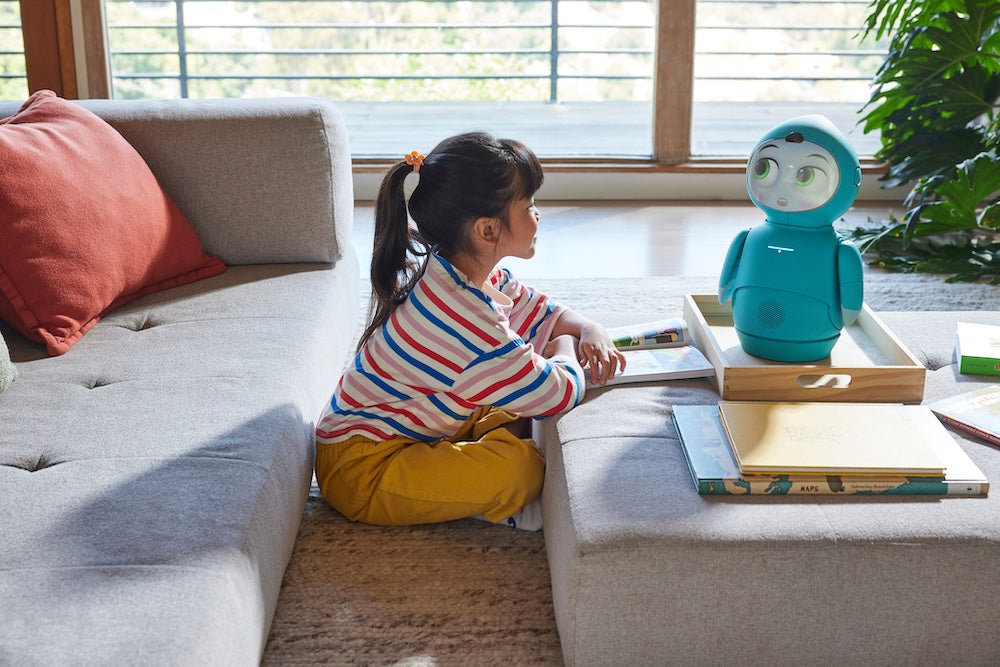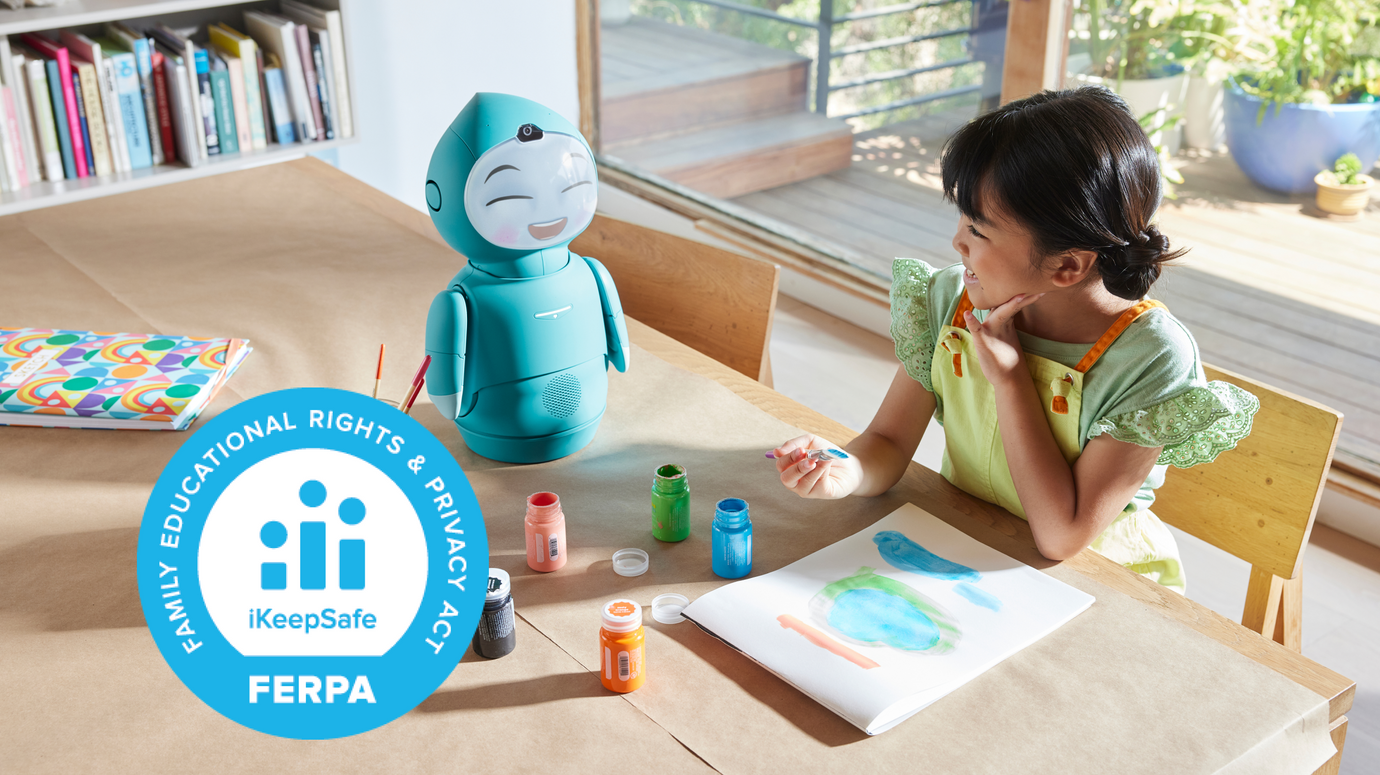How to Help Your Child Manage Fear

When interacting with Moxie, your child will be encouraged to open up about their feelings and introduced to tools to manage their emotions. You can continue the learning your child is doing with Moxie and support them at home when they are feeling afraid by:
Talking About Feelings
Create a safe space for your child to open up about their feelings. Here are some things to keep in mind when talking to your child about their fears:
- Children don’t always have the words to explain how they are feeling, and not being able to communicate their feelings can lead to meltdowns. If you notice that your child is feeling afraid, try saying “It looks like you are feeling afraid right now. Do you want to tell me about it?”. Help your child learn the language to communicate their feelings and to ask for help.
- Ask your child specific questions in order to understand what is making them feel afraid. This can help with coming up with a plan to help with their fears. For example, if your child is afraid of the dark, ask questions such as “what makes the dark scary to you?”
- Take your child’s fears seriously, even if they don’t seem scary to you. Use language such as “Wow, that sounds like you felt very afraid” vs “That’s not even scary.”
Using Helpful Tools
Here are some tools that you can use to help your child when they are feeling afraid:
-
Animal Breathing: Your child has already done Animal Breathing with Moxie!
Ask your child to show you one of the animal breaths, or just say, “Moxie, let’s do Animal Breathing.” Good animal breaths for fear are bee breaths or kitten breaths.
- Say an Affirmation: Your child has done affirmations with Moxie! These are short, positive phrases that they can say to help increase their confidence or to help feel more calm. Good affirmations for fear are: “I can do this”, “I will be okay”, and “I am brave”.
- Read a Book: There are a lot of great books about fear that can be helpful to read with your child! One book that we recommend is Wemberly Worried by Kevin Henkes.







